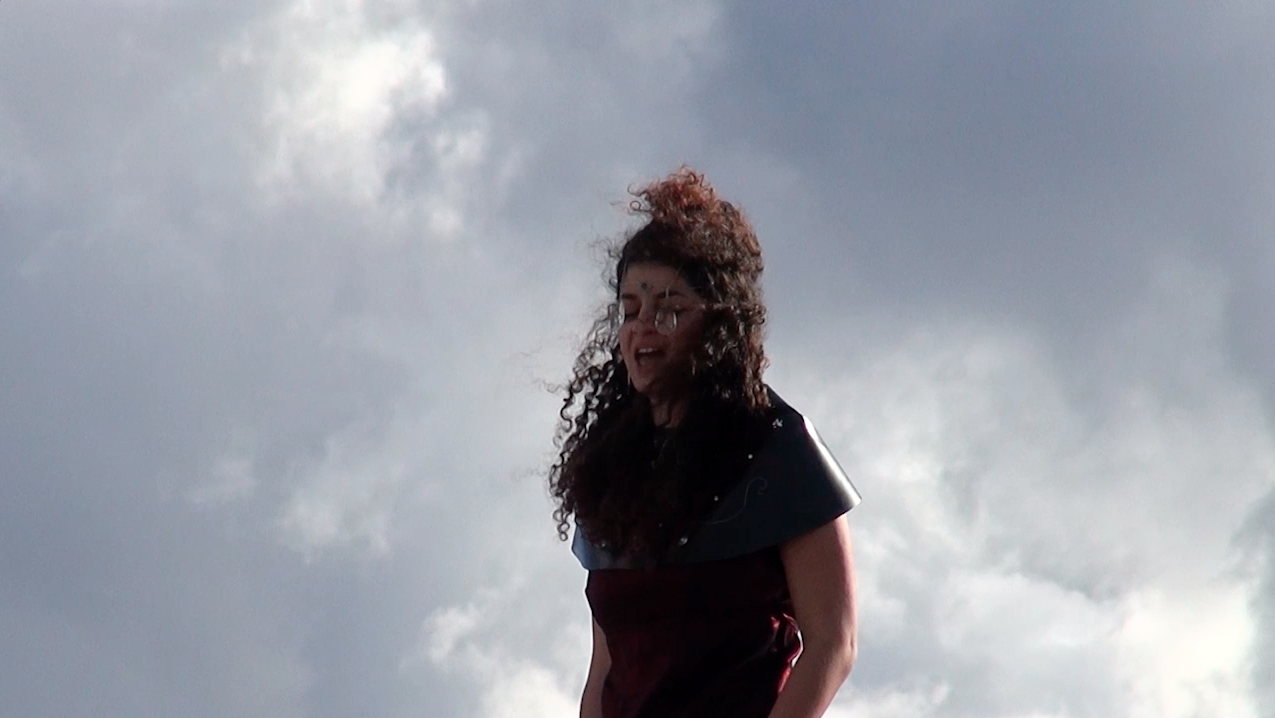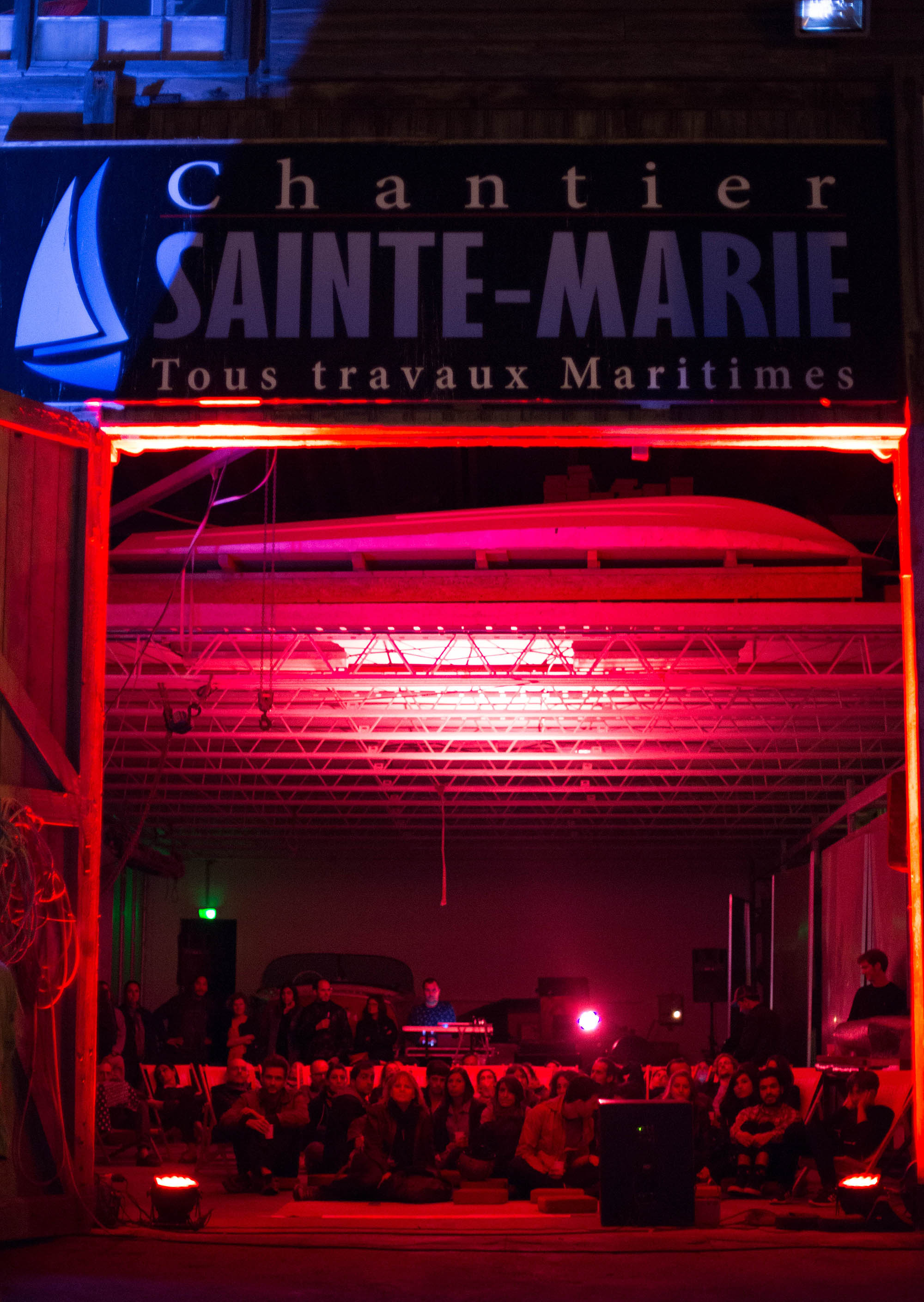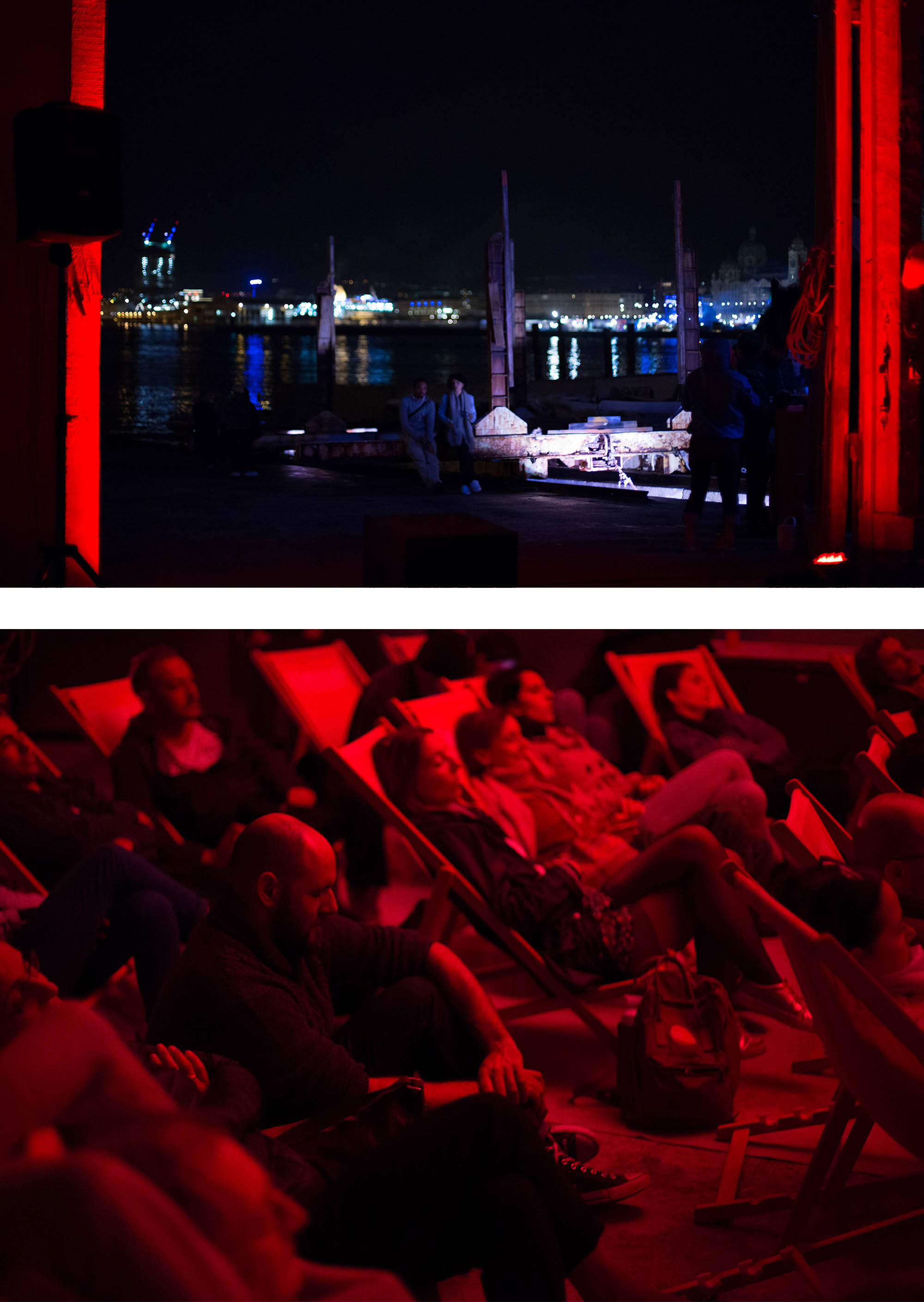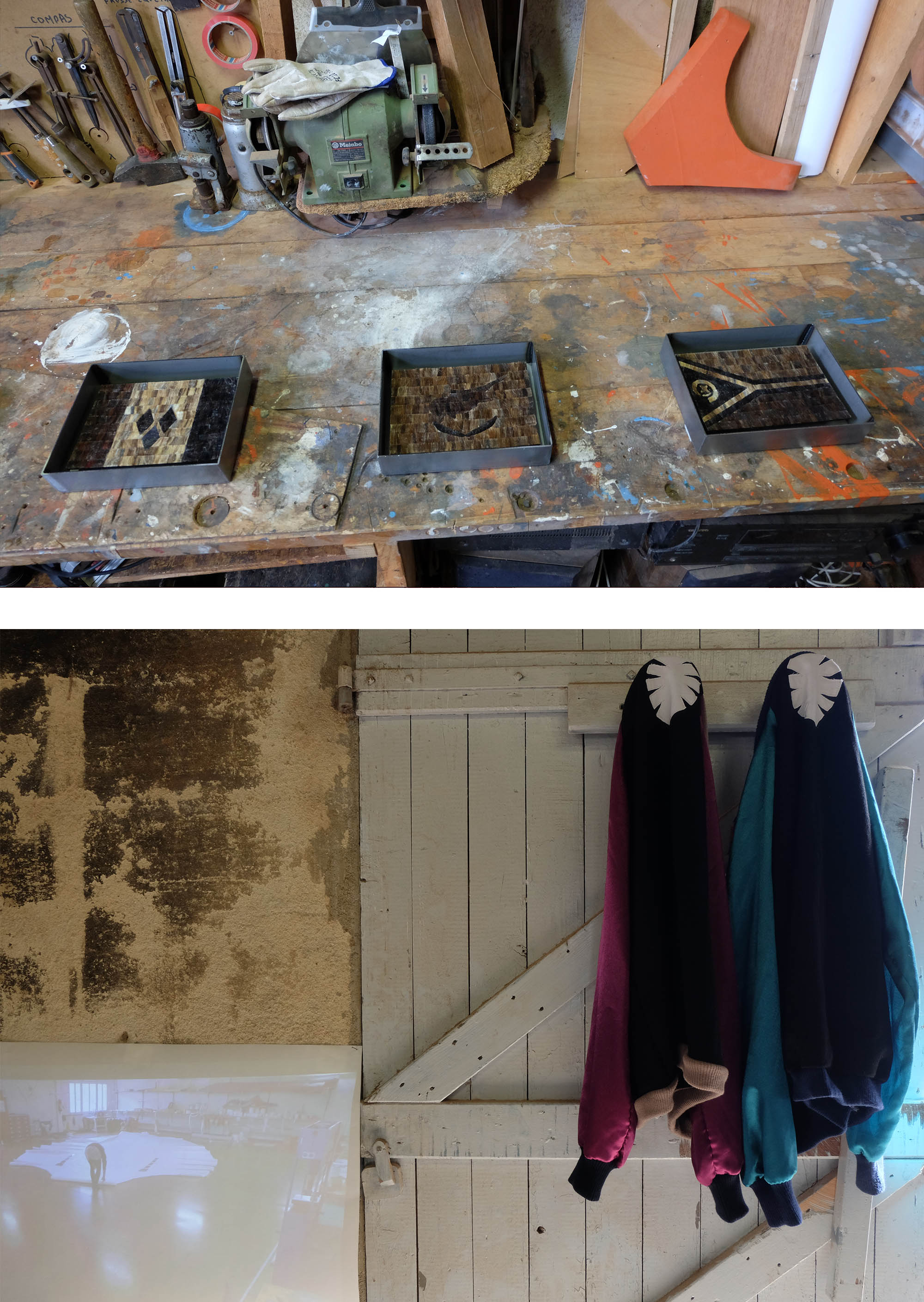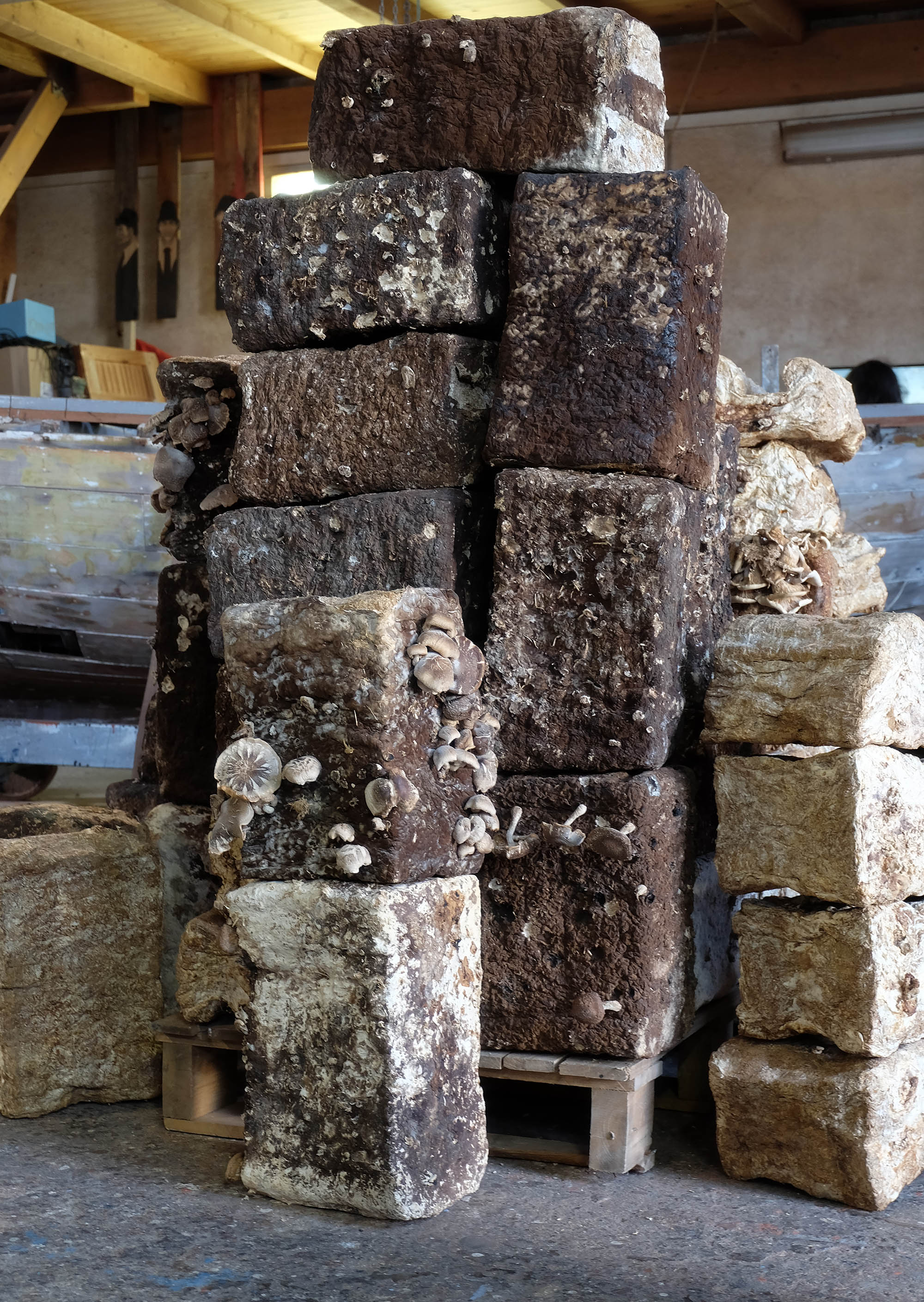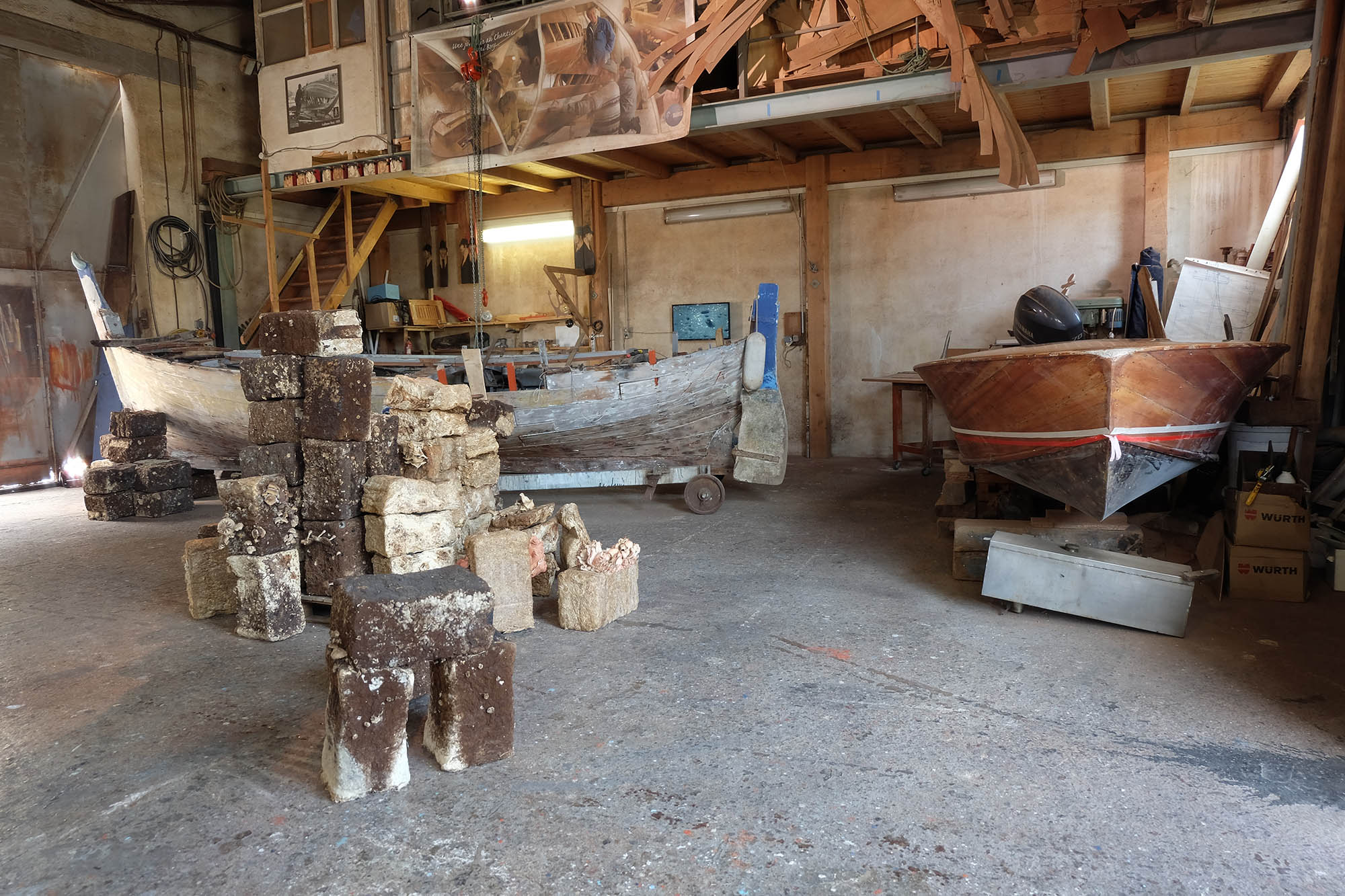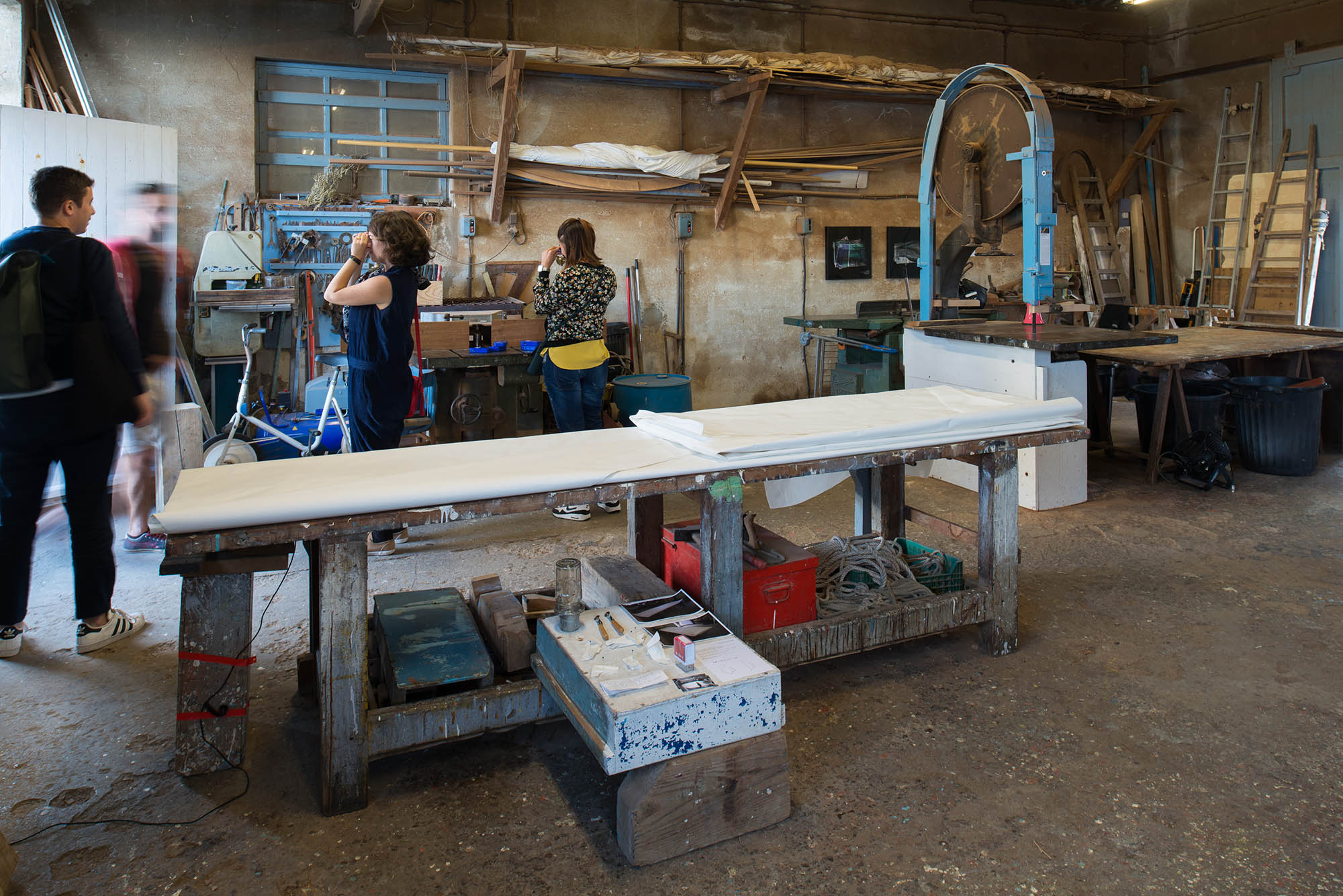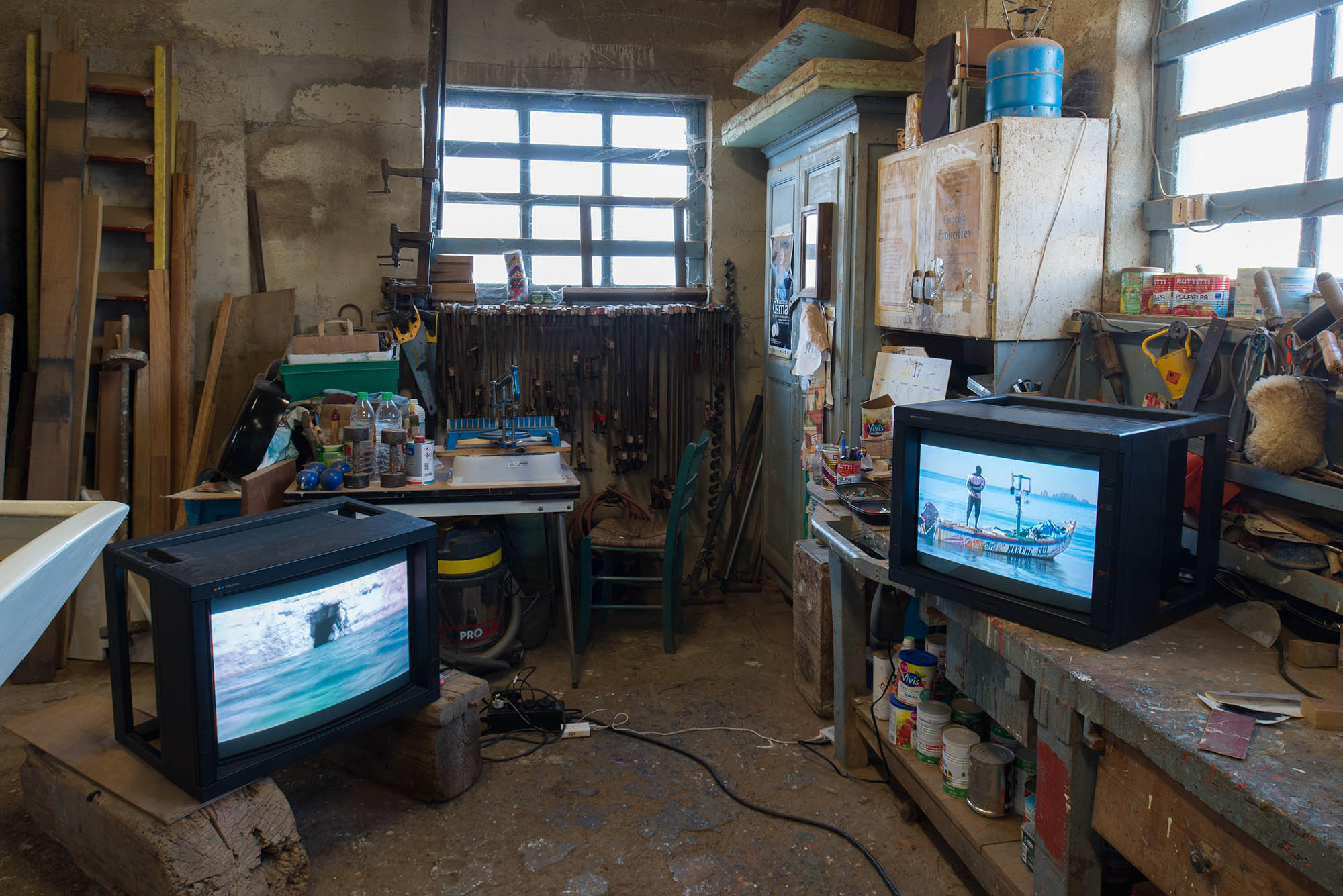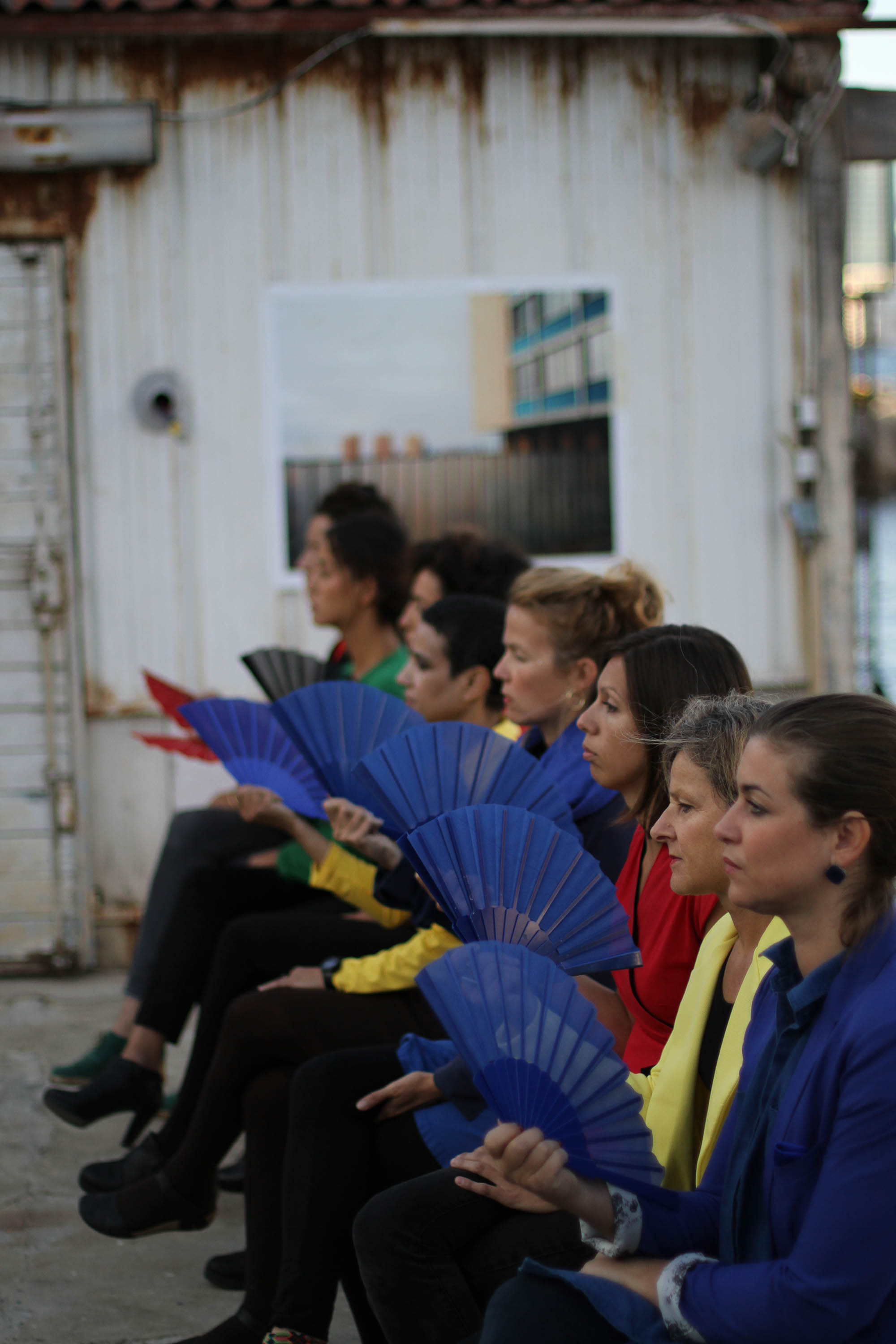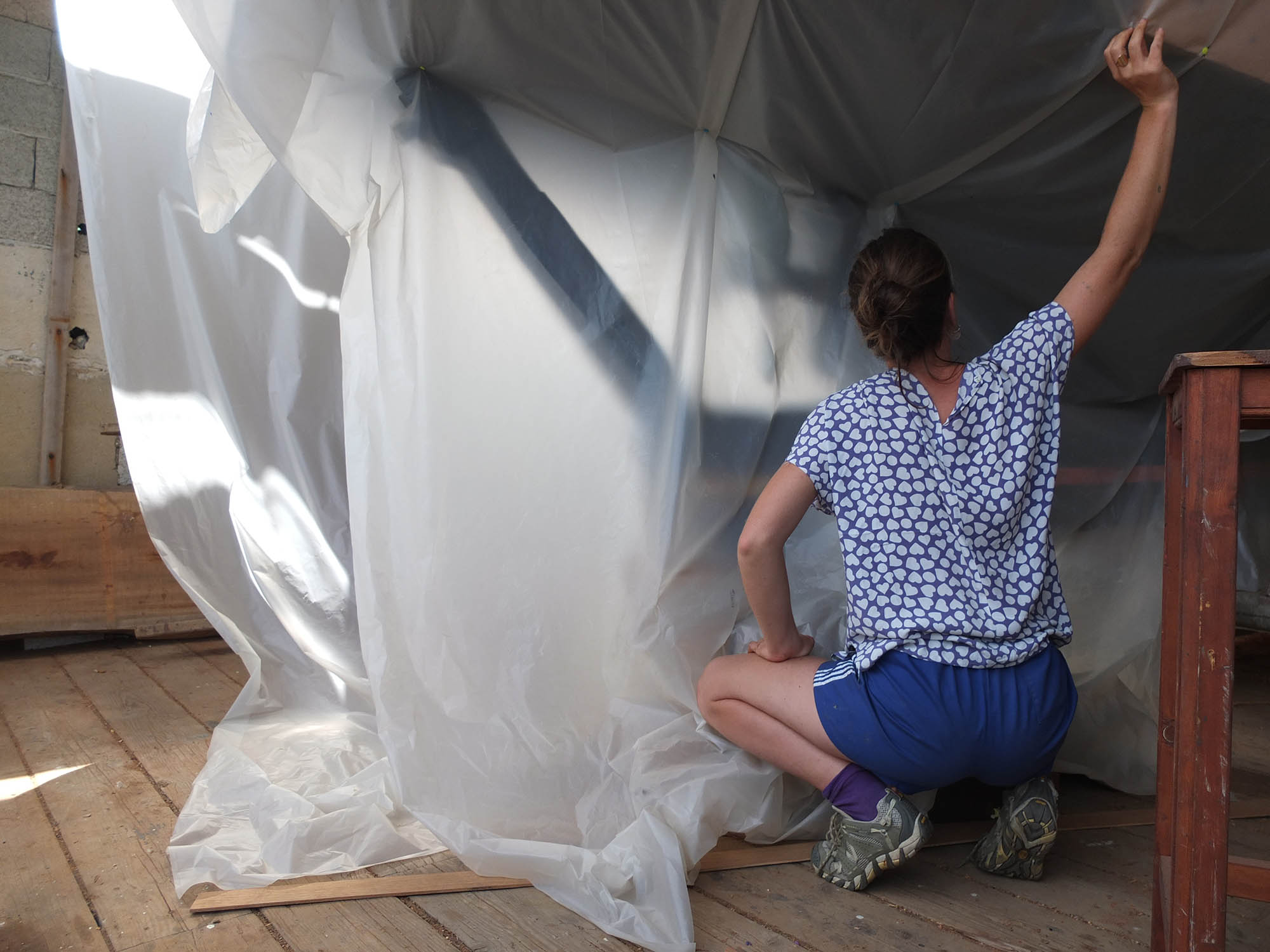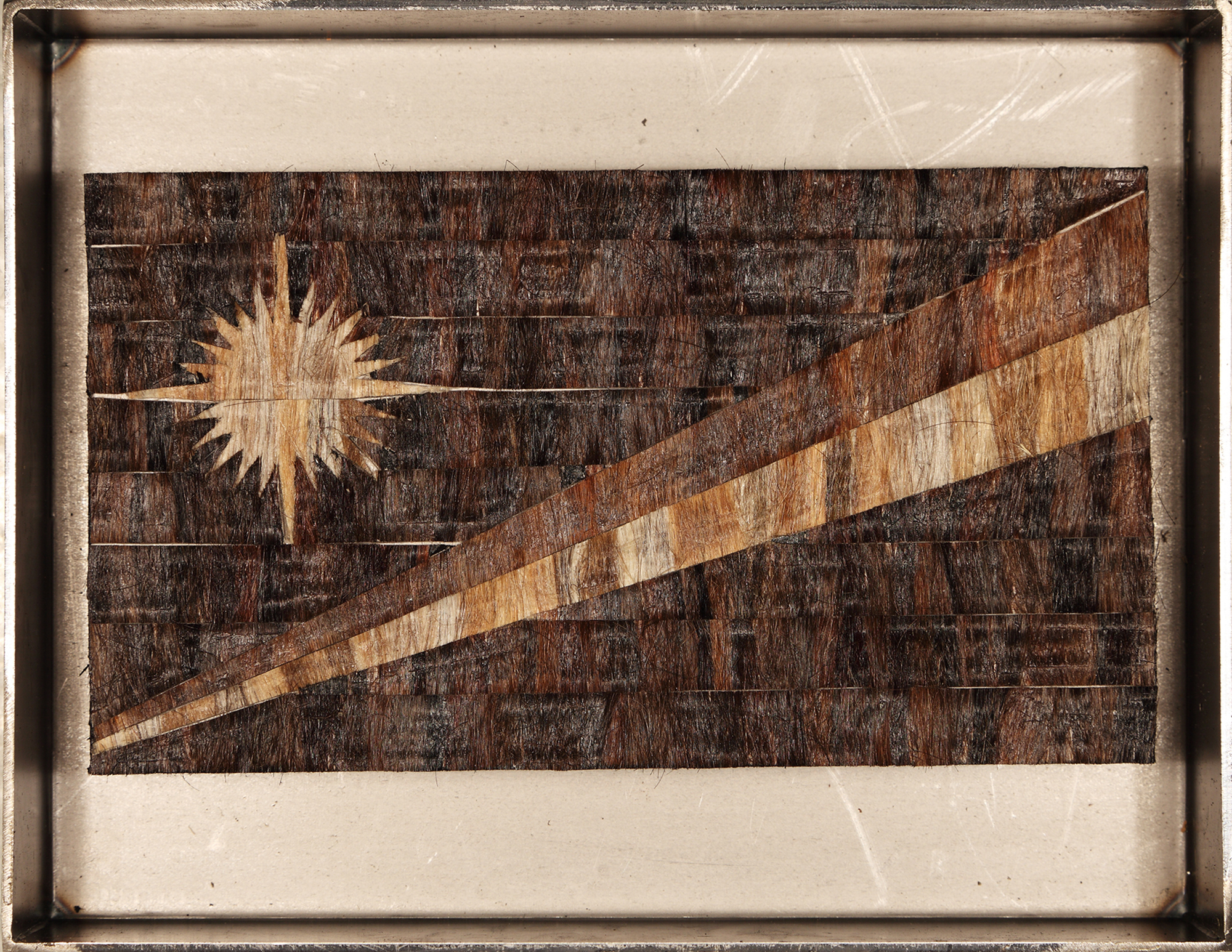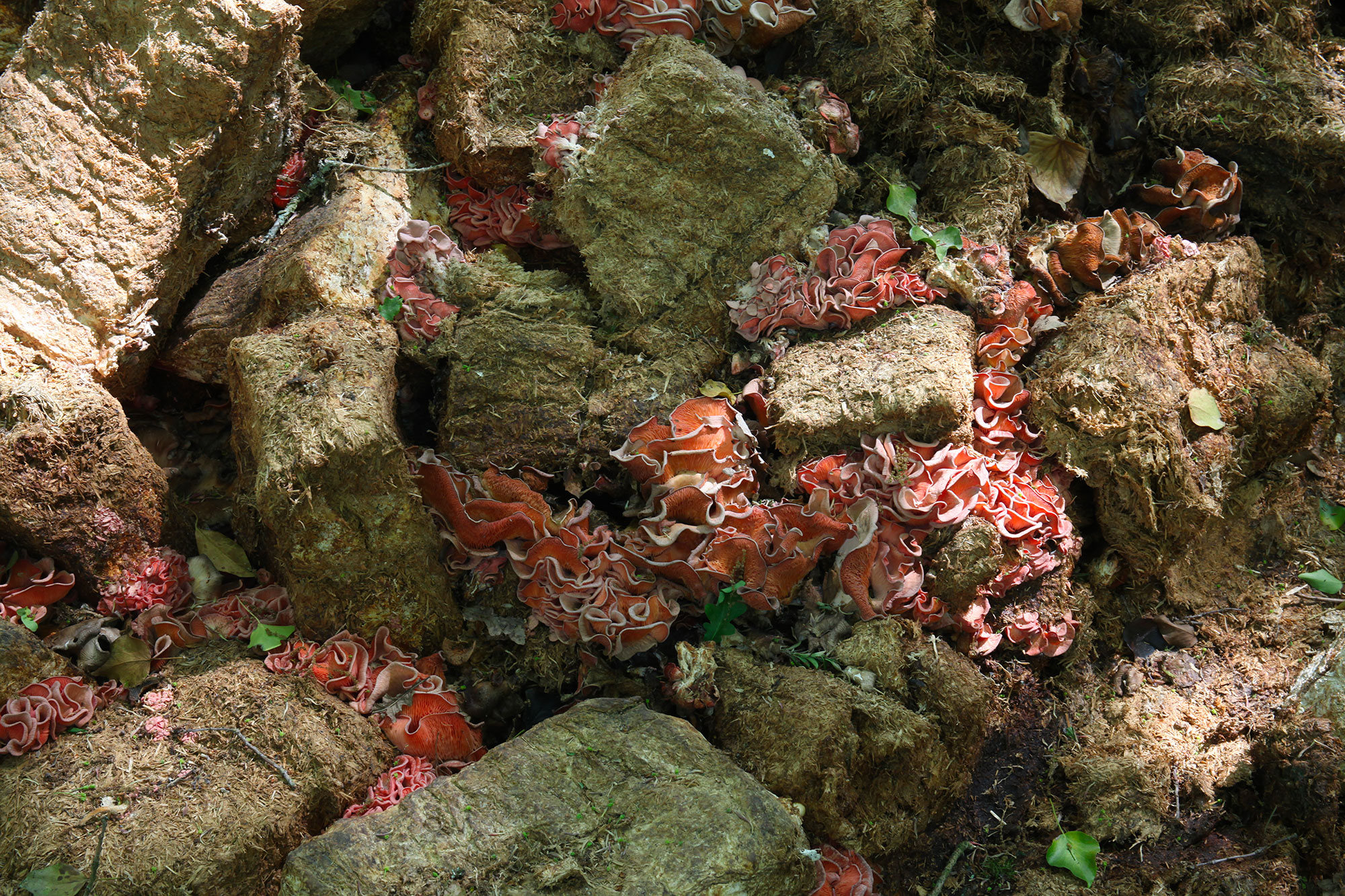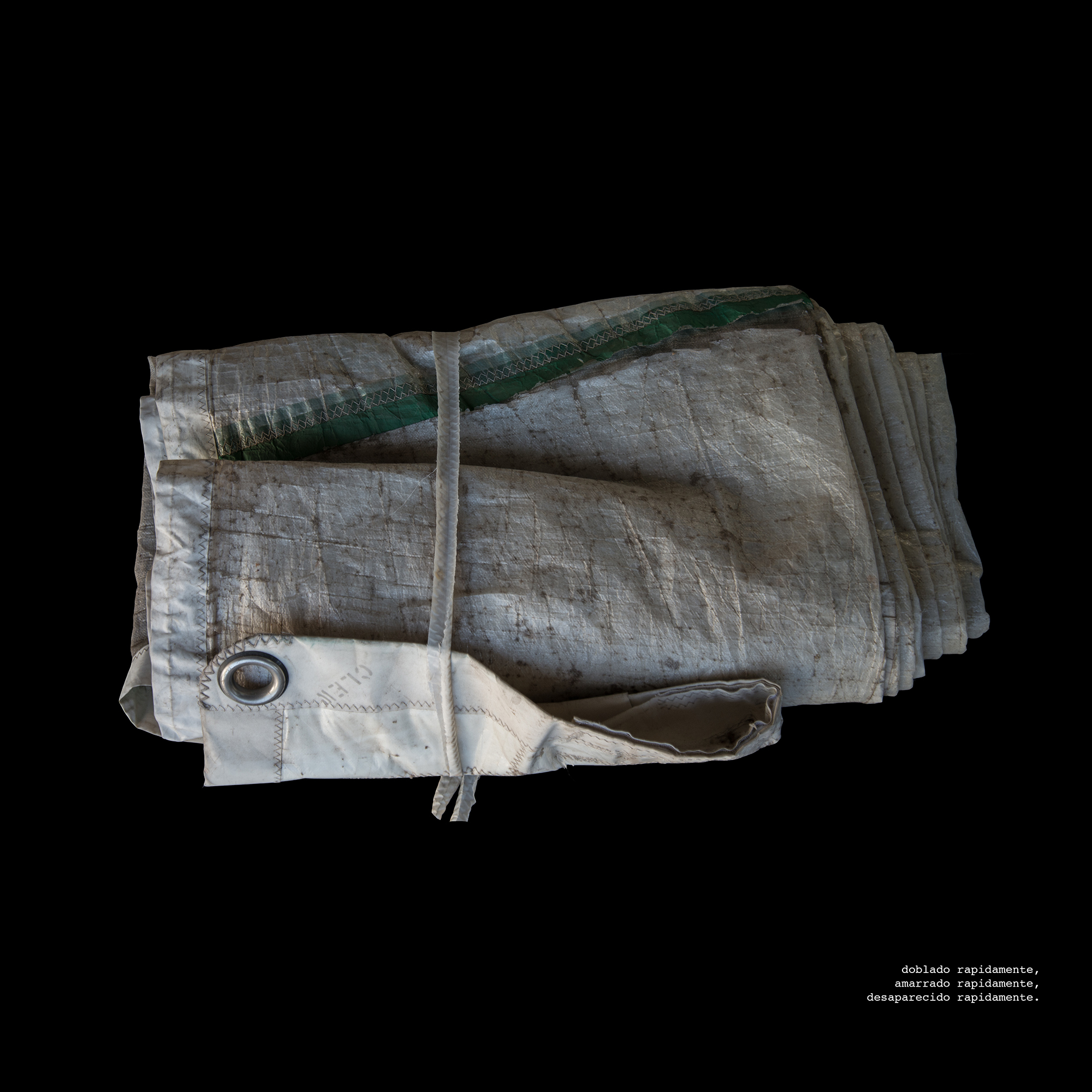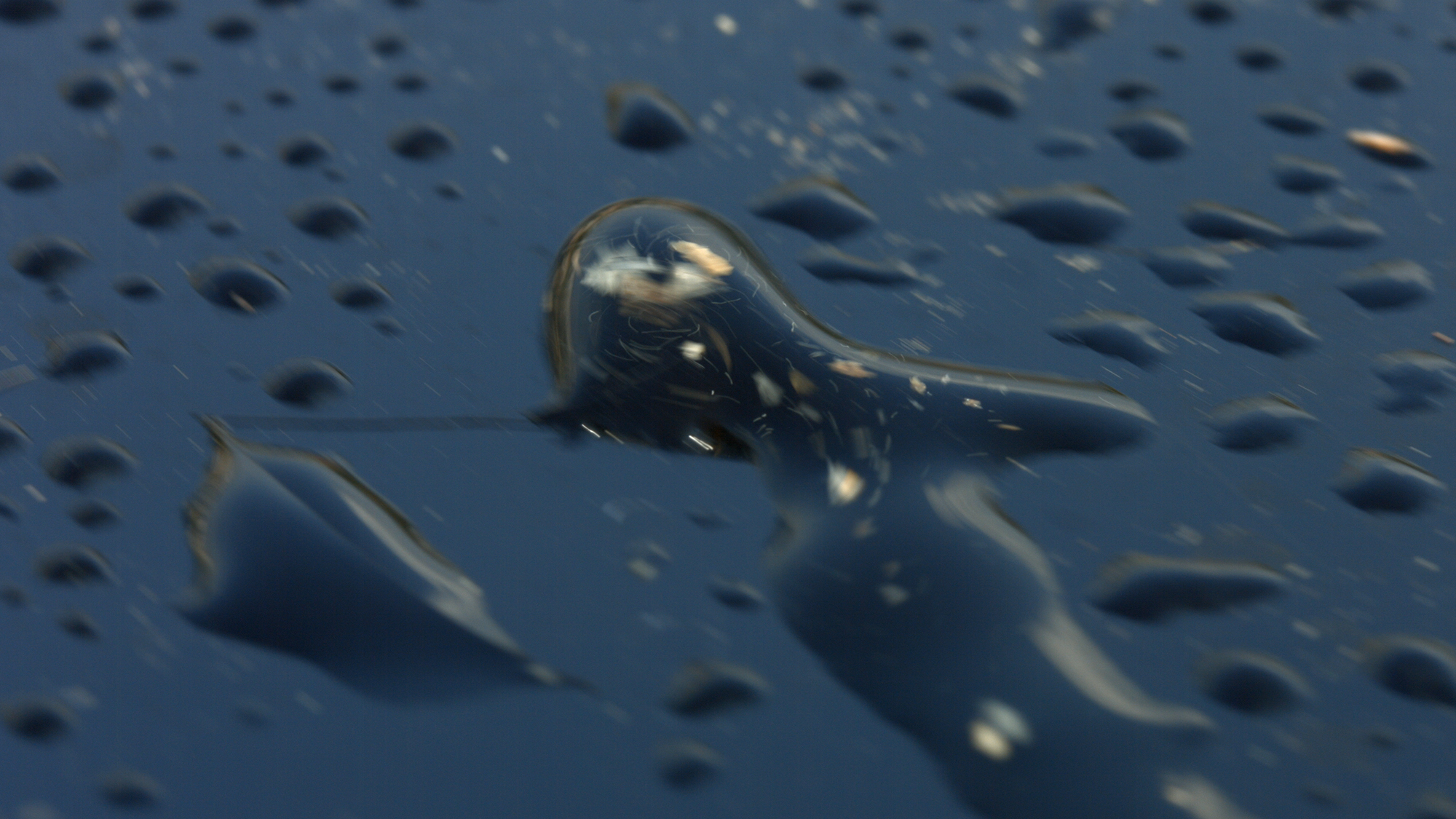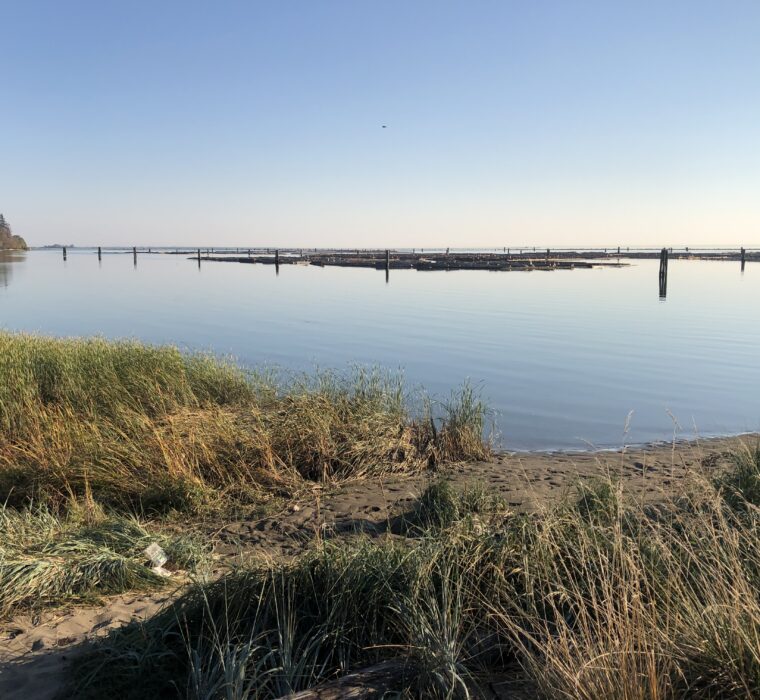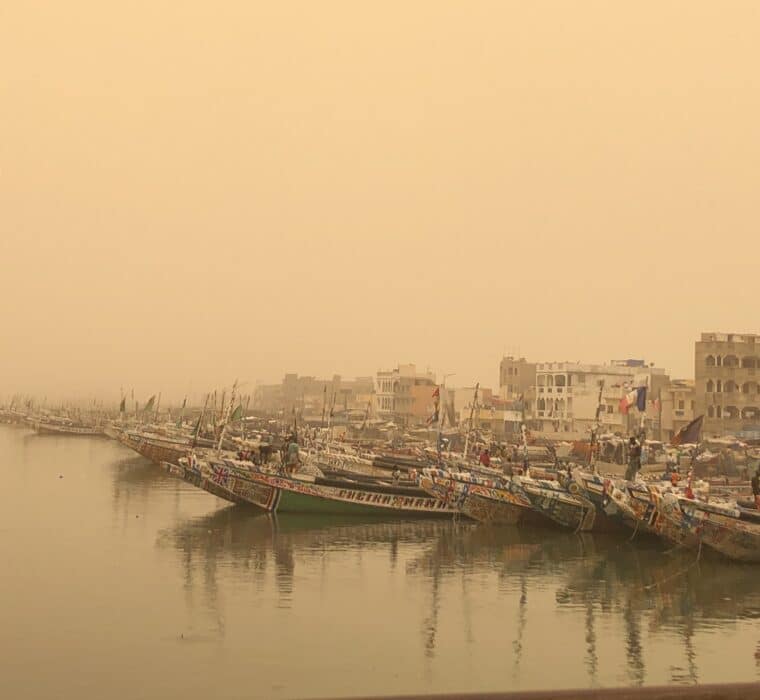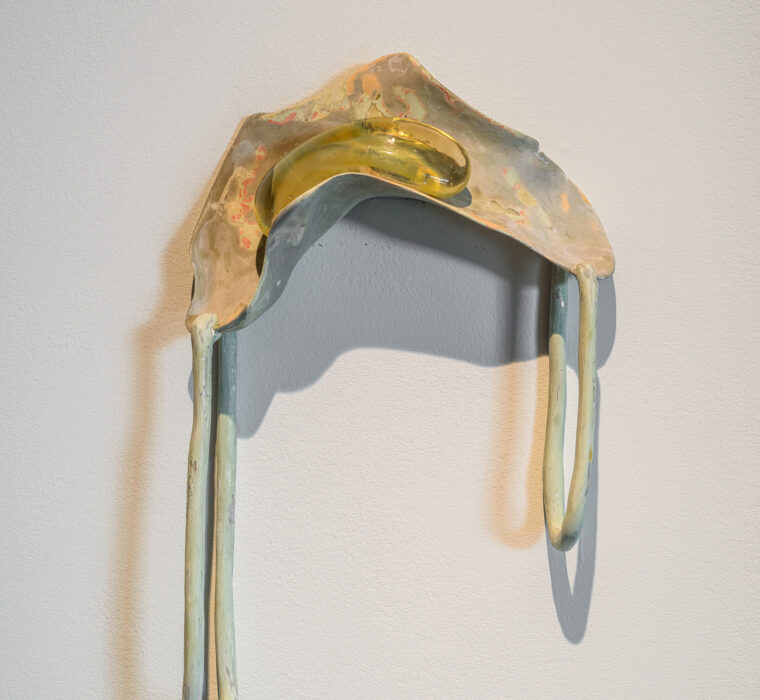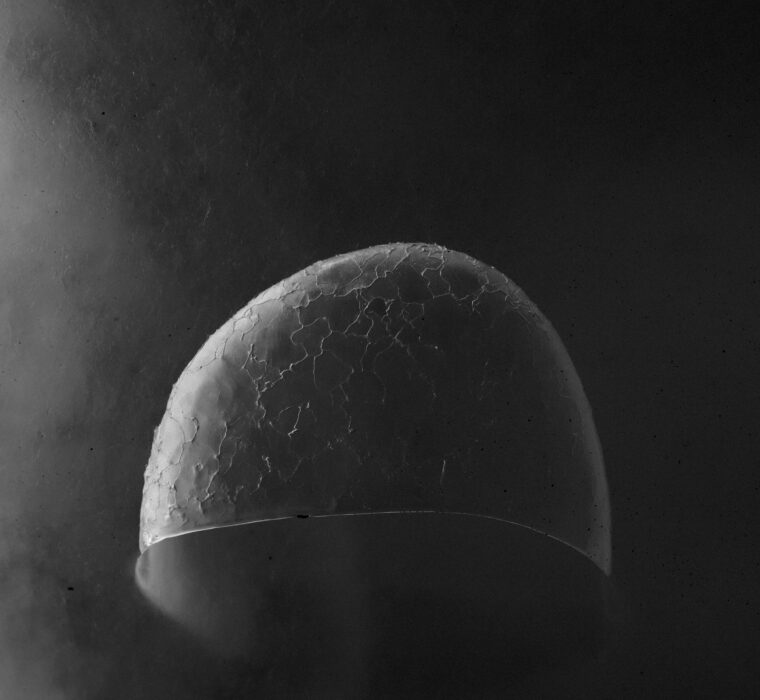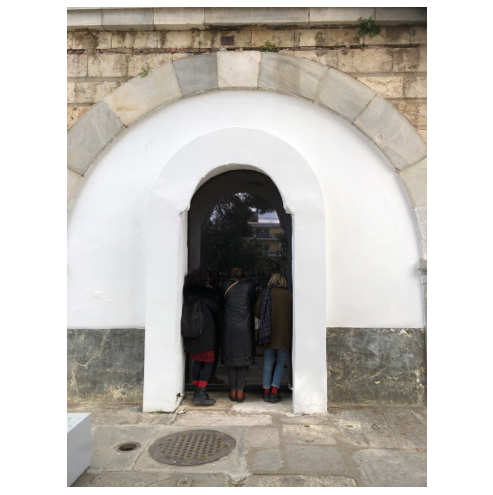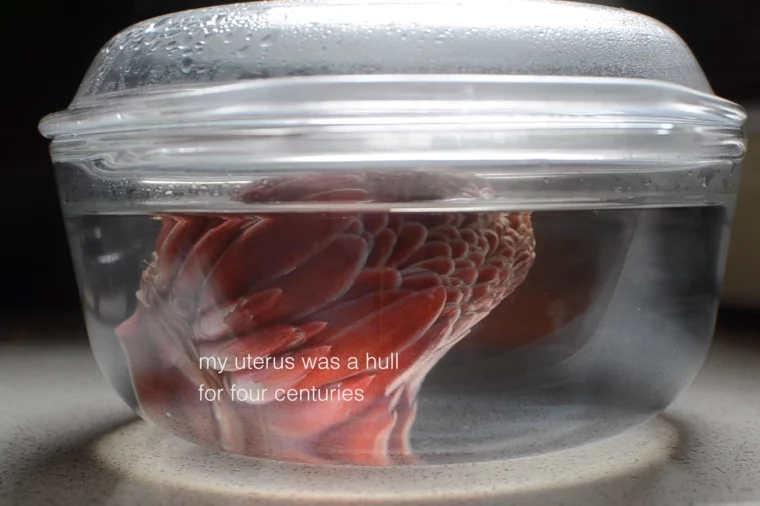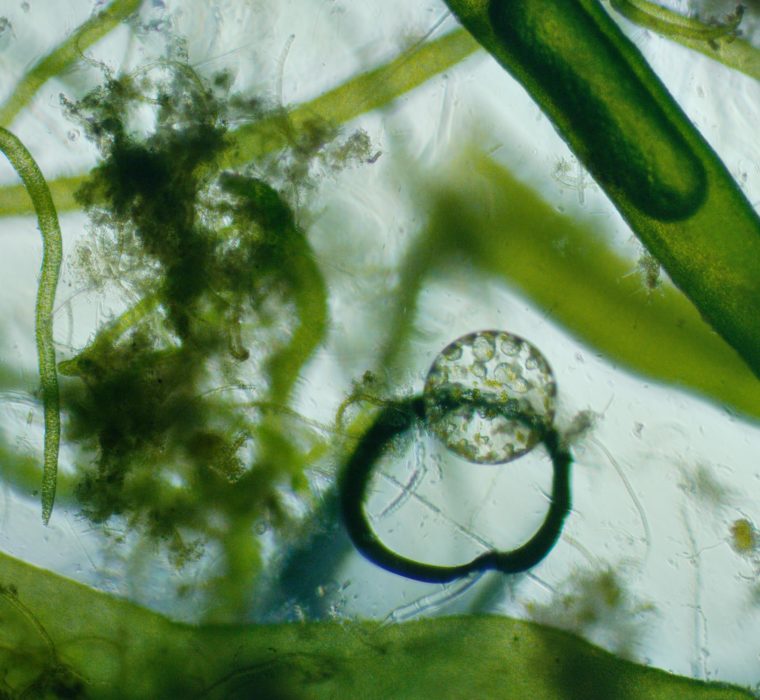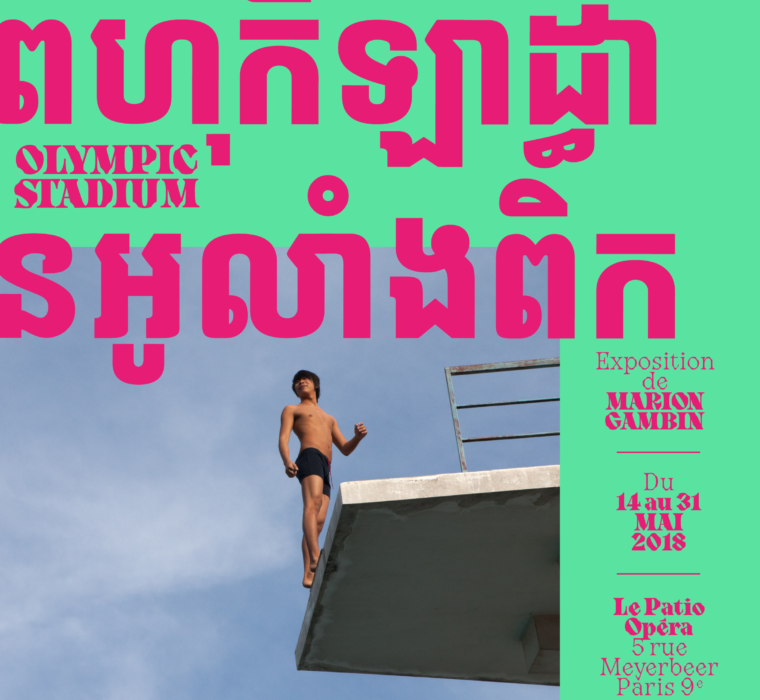Au loin les signaux, al lou’lou'
Artists
Bertille Bak
Marcel Dinahet
Clémence Marin & Marguerite Reinert
Geoffroy Mathieu
Enrique Ramírez
Linda Sanchez
Elvia Teotski
Performance
Myriam El Haïk
Acousmatic concert
Matthieu Pernaud
Co-curated with
Claire Astier
Screening Neil Beloufa, Jacynthe Carrier, André Fortino, Lola Gonzàlez
Au loin les signaux, al lou’lou'
Artists
Bertille Bak
Marcel Dinahet
Clémence Marin & Marguerite Reinert
Geoffroy Mathieu
Enrique Ramírez
Linda Sanchez
Elvia Teotski
Performance
Myriam El Haïk
Acousmatic concert
Matthieu Pernaud
Co-curated with
Claire Astier
Screening Neil Beloufa, Jacynthe Carrier, André Fortino, Lola Gonzàlez
There is a side road that runs secretly through the confines of the city: a promise for anyone who decides to get lost in the infinite edges of Marseilles and to approach the water. Light change, sky rustling, wet objects, salty fingers, dry eyes. Landscapes’ faults and breaches are powerful reservoirs of fiction, which open owing to impromptu signals. Then, simply indulge in borders, leave signals far behind, to sense the call: come hang on the pontoons, swarm in the pebbles, signal the sea with your own (land)marks, prepare the ground.
There is a side road that runs secretly through the confines of the city: a promise for anyone who decides to get lost in the infinite edges of Marseilles and to approach the water. Light change, sky rustling, wet objects, salty fingers, dry eyes. Landscapes’ faults and breaches are powerful reservoirs of fiction, which open owing to impromptu signals. Then, simply indulge in borders, leave signals far behind, to sense the call: come hang on the pontoons, swarm in the pebbles, signal the sea with your own (land)marks, prepare the ground.
‘The videos presented during the screening night stage groups that seem to extricate themselves from a normed space to imagine and invent their own regime of existence and resistance. These films evoke a preparation or an attempt to adapt one’s body and senses to a new experience. If the protagonists appear to be ‘orchestrated’, we are not fully sure of it: improvisation, collective adventure, script? The ambiguity of the images and of the participants’ status fuels the doubt. What can a group do? How does it act?’
‘The videos presented during the screening night stage groups that seem to extricate themselves from a normed space to imagine and invent their own regime of existence and resistance. These films evoke a preparation or an attempt to adapt one’s body and senses to a new experience. If the protagonists appear to be ‘orchestrated’, we are not fully sure of it: improvisation, collective adventure, script? The ambiguity of the images and of the participants’ status fuels the doubt. What can a group do? How does it act?’
The artists invited in Au loin les signaux, al lou’lou’ reveal gestures and practices that try to reach this fragile place that is the edge. They invent protocols, appropriate know-how or build stories to invoke it. Evoking the invention of a language or the writing of a score, the artworks presented signal the existence of an ‘unthought’ or of an ‘elsewhere’ without seeking to name it.
Strategically located at the entrance of the Vieux Port, l’Anse du Pharo is a ‘signal’ area of Marseilles, a unique and emblematic heritage site that carries the memories of the city’s dockyards and underwater archaeological discoveries. At its heart, living heritage of maritime know-how (through the Chantiers Borg and Sainte-Marie, and the Voilerie Phocéenne) coexists with intangible heritage (storytelling linked to the dockyards and Mediterranean typical ‘barquettes’ boats, and their preservation) and tangible heritage (such as the archaeological artefacts of the Underwater Archaeological Research Group, GRASM).
The artists invited in Au loin les signaux, al lou’lou’ reveal gestures and practices that try to reach this fragile place that is the edge. They invent protocols, appropriate know-how or build stories to invoke it. Evoking the invention of a language or the writing of a score, the artworks presented signal the existence of an ‘unthought’ or of an ‘elsewhere’ without seeking to name it.
Strategically located at the entrance of the Vieux Port, l’Anse du Pharo is a ‘signal’ area of Marseilles, a unique and emblematic heritage site that carries the memories of the city’s dockyards and underwater archaeological discoveries. At its heart, living heritage of maritime know-how (through the Chantiers Borg and Sainte-Marie, and the Voilerie Phocéenne) coexists with intangible heritage (storytelling linked to the dockyards and Mediterranean typical ‘barquettes’ boats, and their preservation) and tangible heritage (such as the archaeological artefacts of the Underwater Archaeological Research Group, GRASM).
The organisation of Au loin les signaux, al lou’lou’ coincides with the opening of the dockyard Chantier Naval Borg for the French National Heritage Days, a particular moment in which it is possible to revisit history newly by (re)placing it in its political and social contexts. Straddling between land and sea, the space formed by the edge caught us as it becomes a metaphor for states of transition and transformation. This quest is echoed in the exhibition, from raw materiality to creation, from pattern to assemblage, from longing to departure.
What kind of gestures do the opened dockyards have in legacy and how do these challenge us today?
The organisation of Au loin les signaux, al lou’lou’ coincides with the opening of the dockyard Chantier Naval Borg for the French National Heritage Days, a particular moment in which it is possible to revisit history newly by (re)placing it in its political and social contexts. Straddling between land and sea, the space formed by the edge caught us as it becomes a metaphor for states of transition and transformation. This quest is echoed in the exhibition, from raw materiality to creation, from pattern to assemblage, from longing to departure.
What kind of gestures do the opened dockyards have in legacy and how do these challenge us today?
‘Elvia Teotski deposits within the dockyard a sculpture composed of elements that seem to be of vegetable or mineral origin. Have they been taken from the seabed? Or from a barn sheltering a flock’s food? Playing on the similarities between living worlds, Un monde en construction constitutes a rehabilitation —in the form of a ready-made— of a material that has become obsolete. The straw bricks installed actually come from an intensive culture of mushrooms for agro-food trade.’
— Quotes by Claire Astier & Clelia Coussonnet
‘Elvia Teotski deposits within the dockyard a sculpture composed of elements that seem to be of vegetable or mineral origin. Have they been taken from the seabed? Or from a barn sheltering a flock’s food? Playing on the similarities between living worlds, Un monde en construction constitutes a rehabilitation —in the form of a ready-made— of a material that has become obsolete. The straw bricks installed actually come from an intensive culture of mushrooms for agro-food trade.’
Chantiers navals de l’Anse du Pharo, Marseilles, France
Partners: Denis Borg, Chantier Naval Borg, Les Pointus de la Barquette, Paul Codaccioni, Chantiers Sainte-Marie, Hervé & Jean Cordesse, Voilerie Phocéenne, Paul Tagliamonte, Serge Ximénes, GRASM
September 15-17, 2017
Chantiers navals de l’Anse du Pharo, Marseilles, France
Partners: Denis Borg, Chantier Naval Borg, Les Pointus de la Barquette, Paul Codaccioni, Chantiers Sainte-Marie, Hervé & Jean Cordesse, Voilerie Phocéenne, Paul Tagliamonte, Serge Ximénes, GRASM



